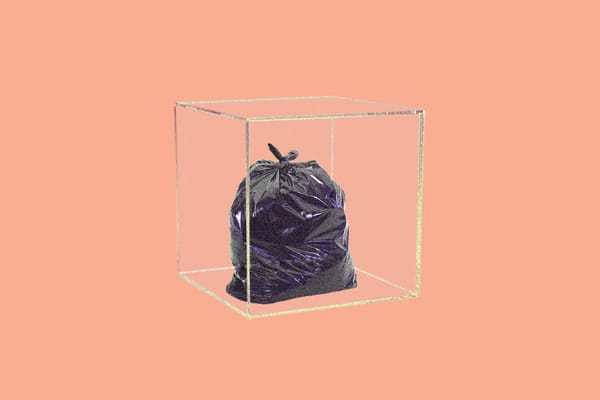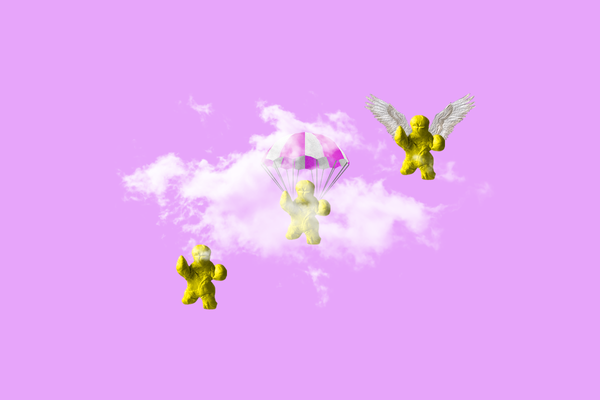Proprietary value creation process
Plus: Leo Romero, RateMySetup, icons in their fields, and more.

The definitive weekly ranking and analysis of all the skateboarding and other online things that I cannot stop consuming and how they make me feel, personally.

Leo Romero is “Skater”
Rank: 1
Mood: 🛹
For over twenty years, Leo Romero has been travelling the world, leaving bits of fabric and flesh at the base of handrails and stair sets. His DNA can be swabbed off English cobblestones, towering Greek hubbas, and previously unseen multi-kinked rails that he and his Tum Yeto compatriots find by sifting through nondescript Midwestern towns as if their tour van were a roving gold pan. Yet, what’s most surprising across those decades and continents and the plethora of video parts that followed, is Romero’s consistency.
Of course, there’s the surface level. Besides adding the occasional wide-brimmed hat to his repertoire at some point in the 2010s (in what would appear to be inspired by the musician side of himself he’d foster while off the board), his aesthetic has remained virtually unchanged from Digital’s 2003 video Fajsha to now: Skinny jeans, tattered t-shirt, a toque or trucker hat, and a pair of low-top Emerica shoes. Physically, he’s remained as quick and angular as ever. No matter how brutal, his bails look more like the graceful collapse of a marionette than a failure of human means.
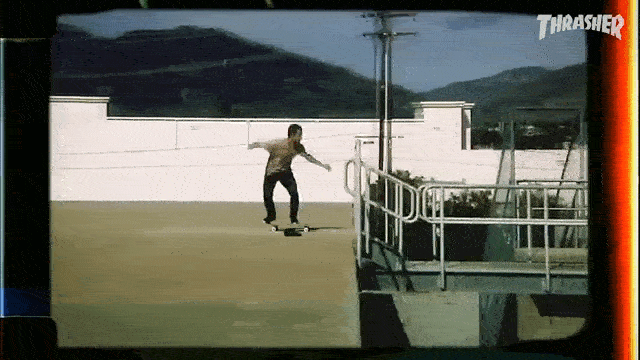
But more pertinent to the interests of the professional skateboarder, his on-board abilities have never seemed to stagnate, regress, or divert to less bodily-threatening avenues like transition or pure ledge skating, which is, frankly, stunning. Skateboarding, professionally or not, is ultimately an act of attrition. How long can your body withstand the abuse you subject it to in hopes of riding away from the fleeting and obtuse concept of “tricks?”
According to Romero’s latest video part, an effort succinctly and perhaps perfectly titled Skater, the answer is as unclear as ever. The rails he skates remain imposing, the eating-of-shit continues to be that same beautiful and unforgiving scene, and there are still signs of progression in the maneuvers he lands or at least attempts. As a skateboarder of comparably negligible ability and constitution, it is surreal to watch Romero continue to push himself as hard, or harder, than he did in Foundation Skateboard’s That’s Life (2004). His section one I had on constant repeat as a teenager and can still recall in crisp DVD-quality definition on the back of my eyelids to this day.
This recent solo effort from Romero feels like a culmination of and testament to that consistency. How he maintains course a feat of love and, paradoxically — when it comes to the merciless nature of skateboarding and its accompanying industry — self-preservation. Yes, it’s the only significant money-making career he’s ever known, but if you weren’t deeply in love with it, why would you keep battering yourself this way? His normal state of being is bruised. In that way, Romero is simply doing all he’s ever done to remain the person he’s always been. How long he can keep at it is uncertain, but it’s clear that he’ll keep going as long as he’s able.

Uncanny parallels
Rank: 2
Mood: 🧻
Japanese comedian Kazuhisa Uekusa, popularly known as Wes-P, is known for using the more sensitive parts of his body (penis, nipples, etc.) in service of a particular brand of prop comedy. While most of what he does are bizarre penis-centric reinterpretations of the “tablecloth trick” (whether that’s using his penis to pull the tablecloth or using other means to remove it at the risk of exposing said penis), the stunts tend to be genuinely impressive.
I’d contend that he’s by far the best at what he does and an icon in his field, having crafted an improbable career doing something that no one on the outside imagined could sustain him. Wes-P has proved the naysayers wrong and is currently travelling the world, demonstrating his talents for ever bigger audiences while continuing to master his craft. Considering that, it makes sense that he would want to collaborate with and learn from someone who’s taken a different yet eerily similar path.
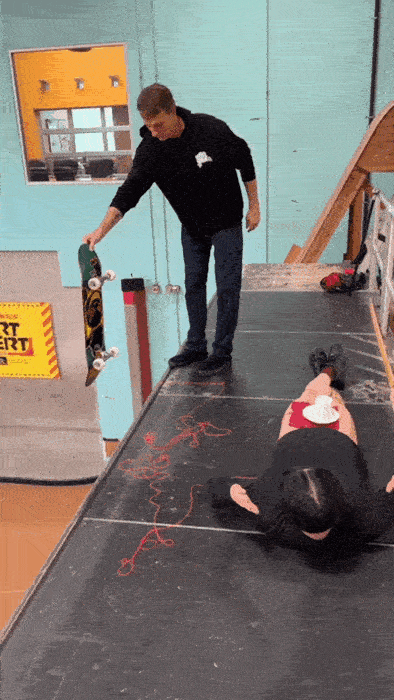
If you squint, the parallels are there. And now, months after releasing his original series of videos with Tony Hawk, their connection is still strong, with Wes-P recently making the most of a signed Tony Hawk Birdhouse skateboard.
Which is another example of their shared paths. Besides penis prop comedy and skateboarding, respectively, both Wes-P and Hawk excel at another thing: leveraging their singular talents into opportunities for exposure.

Proprietary value creation process
Rank: Ugh
Mood: 🧮💀

As this newsletter has covered in recent weeks, Dwindle distribution and a handful of the companies under its umbrella have been on the sharp end of some steep and heartless budget cuts, which, from what we can tell, have mostly taken the form of layoffs and unpaid invoices. This includes Madness Skateboards brand manager Bill Weiss being let go and the entire team leaving in solidarity and the slow dissolution of enjoi’s team that culminated in brand manager and longtime team rider Louie Barletta jumping ship and the rest of the remaining riders quitting with him.
In an interview with Jenkem on Monday, Barletta detailed what led to him leaving and the end of enjoi as we knew it. Unsurprisingly, it has to do with the private equity firm Transom Capital Group, which owns the sporting goods conglomerate Bravo Sports, which acquired Dwindle in 2019.
Also, everything [with the current owners] was just sales and forecast driven. When Globe owned us, putting out rad content was priority number one. With our new owners, it was all about hitting sales targets. The best way to sum it up is this: In November, we had a pre-Black Friday sale, a Black Friday sale, and then a Cyber Monday sale. We crushed it in November. From all the sales, plus the holiday shopping, we made a ridiculous amount that month. Well, guess what, they made the December sales goal target the same as November. Super unattainable. And since we didn’t hit the sales goal in December, guess what, nobody on the team got paid!
It’s unclear how long team riders were going unpaid for — or how not paying them if sales targets aren’t met is even legal — but Ian Ostrowski, who’s behind the fantastic Genesis skate video series, shared on Twitter that Dwindle still owes him and an unnamed person substantial amounts of money.
After looking into Transom Capital Group a bit further, I stumbled across their “proprietary value creation process,” which they say is “key to its success [in] its approach of heavy operational involvement” in the companies they take over. That process is called ARMORSM (Acquisition, Restructuring, Monitoring & Operations, and Return) and is “designed to consistently drive long-term growth and successful exits.” Successful exits? Is that what’s happening at Dwindle?
This begs the question, what stage of ARMORSM is responsible for the alleged tens of thousands of dollars in unpaid invoices and salaries? I guess layoffs and stiffing people on their pay is technically “value creation” if you’re a fucking ghoul. I previously reached out to Transom Capital Group for comment but did not hear back.

True lie, handsome guy
Rank: 3
Mood: 🫶
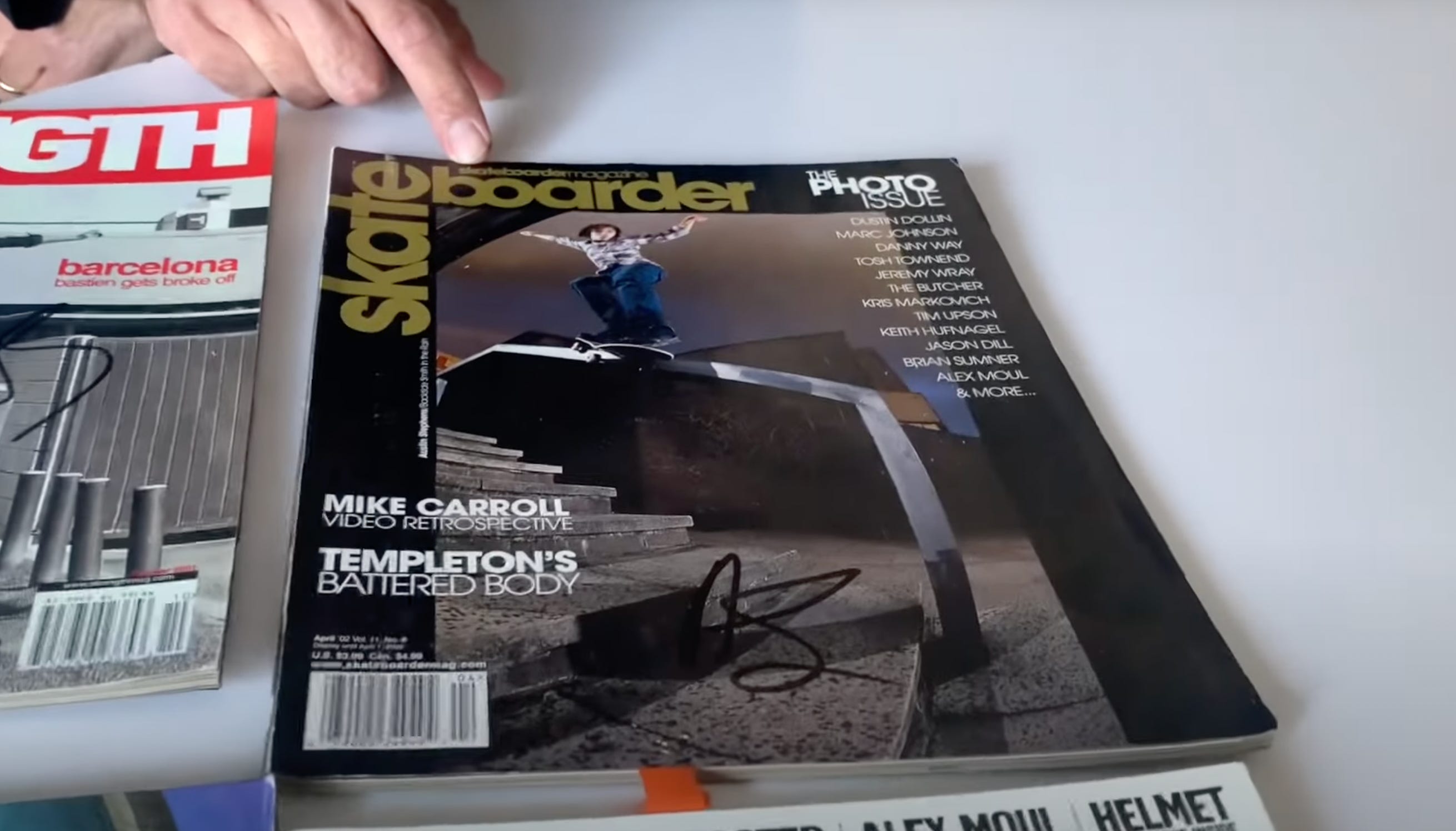
With over twenty years between himself and the truth, Austin Stephens finally revealed to the world that his cover of Skateboarder’s 2002 photo issue was, in all likelihood, a bail shot. In a great “cover discussions” video with Look Back Library, Stephens details the story behind the Oliver Barton photo. How he landed his warm-up tricks, rode away from a few backside smith grinds, but fell off before the rain set in and ultimately kyboshed the session (which is teased in the large drops dotting the ground in the offending photograph).
Despite this revelation, I think Stephens should be granted amnesty. While the statute of limitations on a violation as serious as this likely extends to a time far beyond our own, as Stephen says in the interview, it is a cool photo on the cover of the photo issue. In this instance, perhaps we focus on context. That artistry is the intention, as opposed to, say, accuracy. And it’s not like he shared this information with the glee of someone who’d pulled off an incredible heist and was now draped in fur coats and texting and driving a Lamborgini; it was just a matter of sad, simple fact.
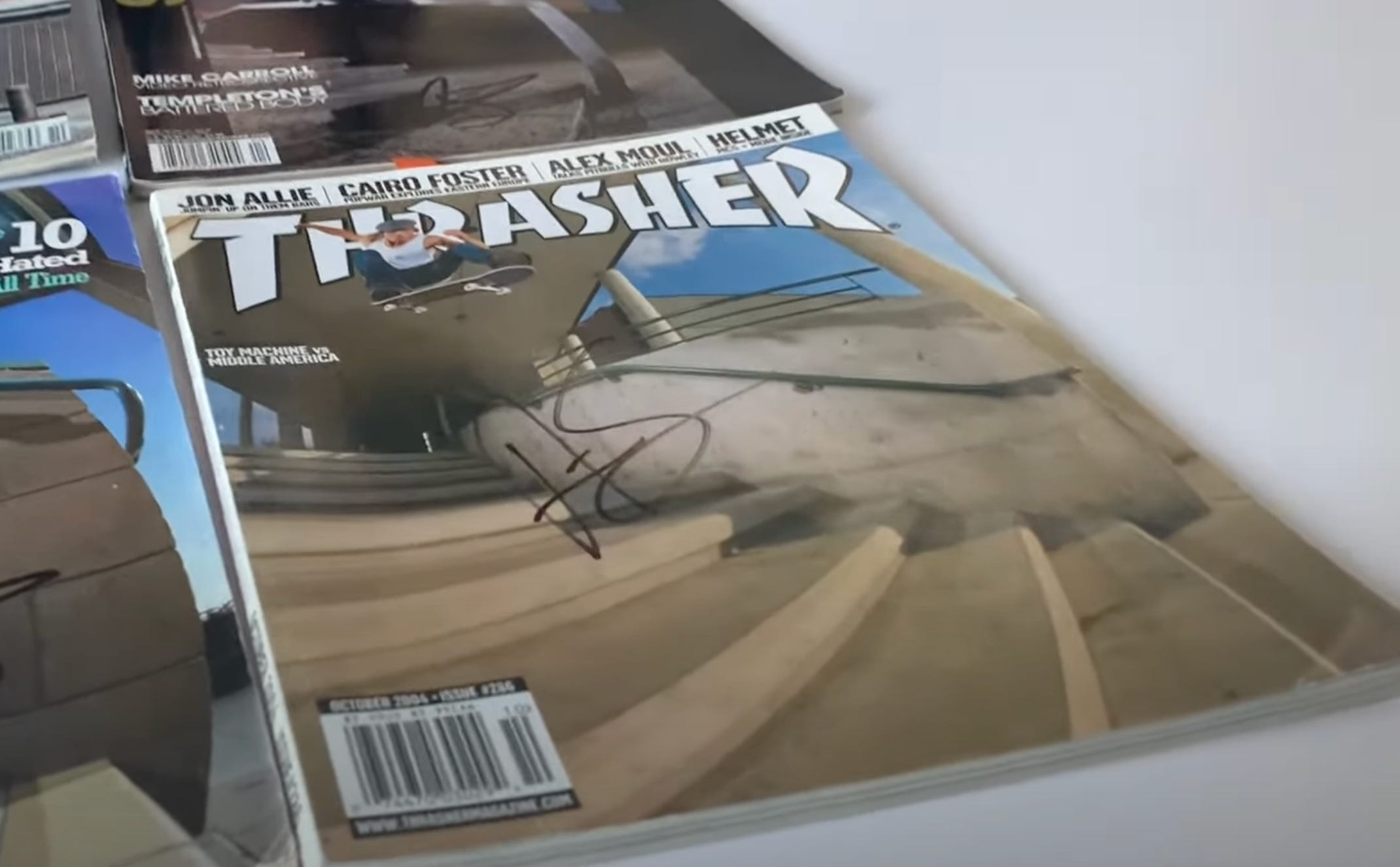
If anything, the experience only humbled him. When describing his 2004 Thrasher cover, Stephens mused that the mag must’ve been having a tough month if his photo was the one they used for the cover, a great shot of a double-set kickflip he’d admit was only ever landed sketchy. A truth that took away from the experience of getting the cover of “The Bible,” which is usually a highwater mark in a professional skateboarder’s career.
“I had no idea I was getting the cover. I remember coming home one day and [the magazine] was on my bed in Ed [Templeton’s] guest room, and I was honestly kind of bummed a little bit, you know?”
See? Stephens has suffered enough. Let’s not hold this against him, okay?

RateMySetup
Rank: 1
Mood: 🎮 🎨 🥇
If you’re a person who’s online enough, who is sufficiently steeped in the post-ironic-earnestness-shit-post-whatever-culture we exist in now on the internet, then you might look at the photo below of an oil painting by artist Mauro C Martinez hanging in the Unit London art gallery in London, England and recognize it immediately.
The image this painting is based on is from a tweet posted by popular Twitter user @postedinthecrib that went viral in July 2020. In it, a lone folding camping chair sits in front of a television and gaming console stationed on the ground, a Skate 3 splash page1 glowing on the TV’s screen. This particular home decor aesthetic is one you often see in various states of virality on the internet and is part of a genre that Ryan Broderick described in his Garbage Day newsletter on Monday as “masculine desolation.”
There was a subsequent hubbub once @postedinthecrib’s followers learned about the painting, with folks decrying Martinez in the comments for using the image of the social media personality’s home as a reference without consent or compensation. While there are undoubtedly interesting and important conversations to have around use, ownership, and art on the internet here, there are smarter people with more experience in those fields to have them than me.
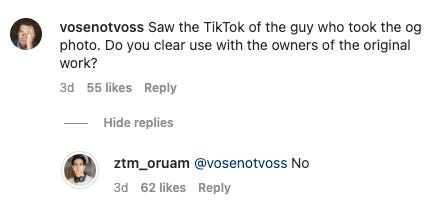
What I can do, however, is try to make good on the promise implied by the name of Martinez’s recent exhibition, “RateMySetup,” which includes the painting of @postedinthecrib’s room. To do this, I asked the most qualified person possible, Deran Chung, the Creative Director of the Skate franchise, to rate @postedinthecrib’s setup:
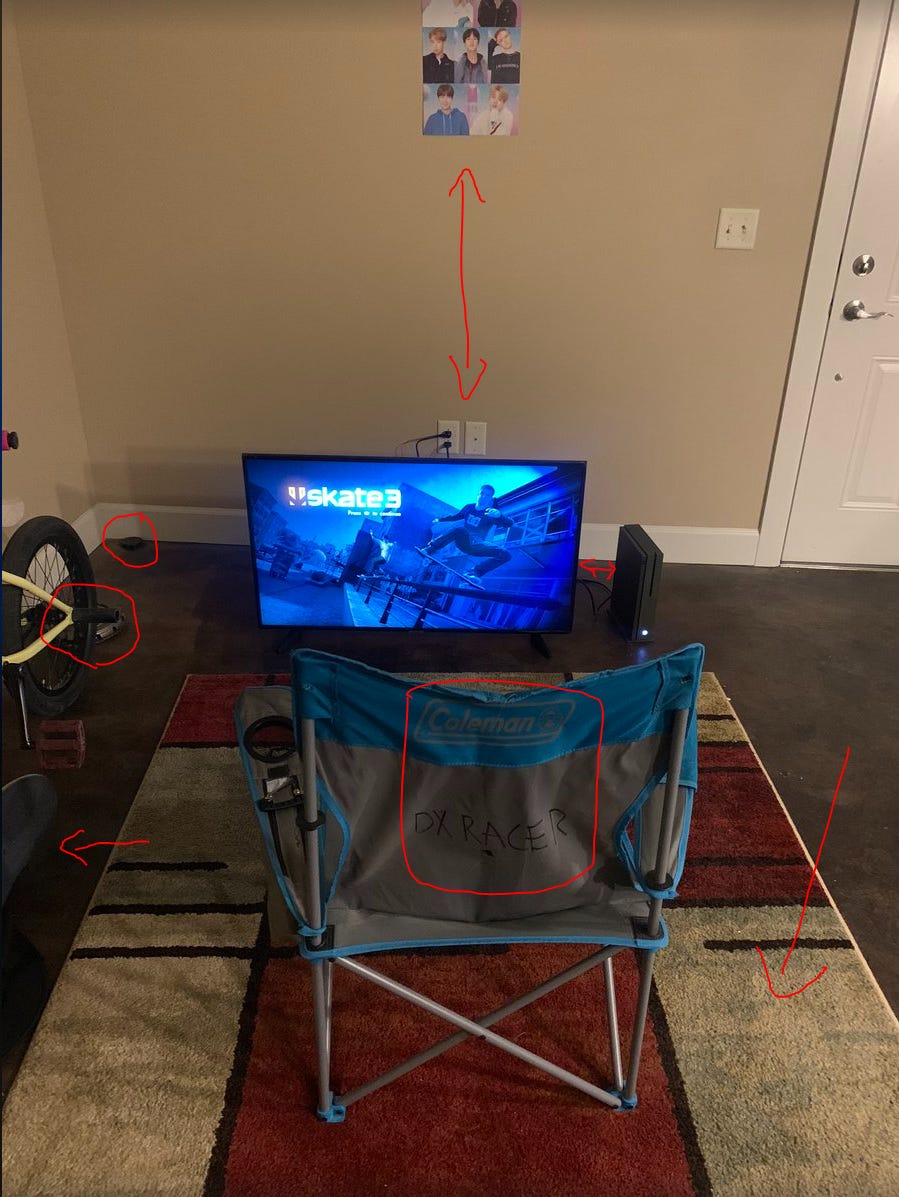
I mean it is basically the perfect Skate 3 setup, checks all the boxes:
- Mondrian-inspired area rug ✅
- Automotive flywheel on the floor for scheduled maintenance ✅
- Top tier Coleman - DX Racer collabo indoor-outdoor gaming chair ✅
- Hockey puck for security purposes ✅
- Recommended buffer between BTS poster and gaming display ✅
- Safe ventilation distance for console ✅
- Skateboard sheltering a mustard-coloured BMX ✅
- Double SOTY splash screen beckoning ✅
And you just know there is a gamepad ready to shred on the seat of the chair.

Something to consider: Subscribing to Village Psychic’s Patreon so you can read Michael Barker’s latest piece on Portland architecture and skate spots.
Good thing: A new obstacle to fingerboard over while I’m on mute and my hands are out of frame on the Zoom call.
Recap thing: Thomas Barker at Jenkem with a wholesome Slow Impact recap.
Orange Julius thing: Jamie Loftus explores the “soul of the American teen on their home turf: the mall food court” for Eater.
Until next week… if you floss today, your gums will bleed less while flossing tomorrow.
Interesting to note are the several states of being and mediums that the likenesses of Chris Cole and Danny Way, the characters featured in that Skate 3 splash screen, had to travel through to reach this point. They started as professional skateboarders featured in magazines and videos, that renown granted them the opportunity to become videogame characters, which led their avatars to inadvertently become part of a viral tweet and, eventually, art hung on a gallery wall—a convoluted decades-long journey to immortality. ↩


